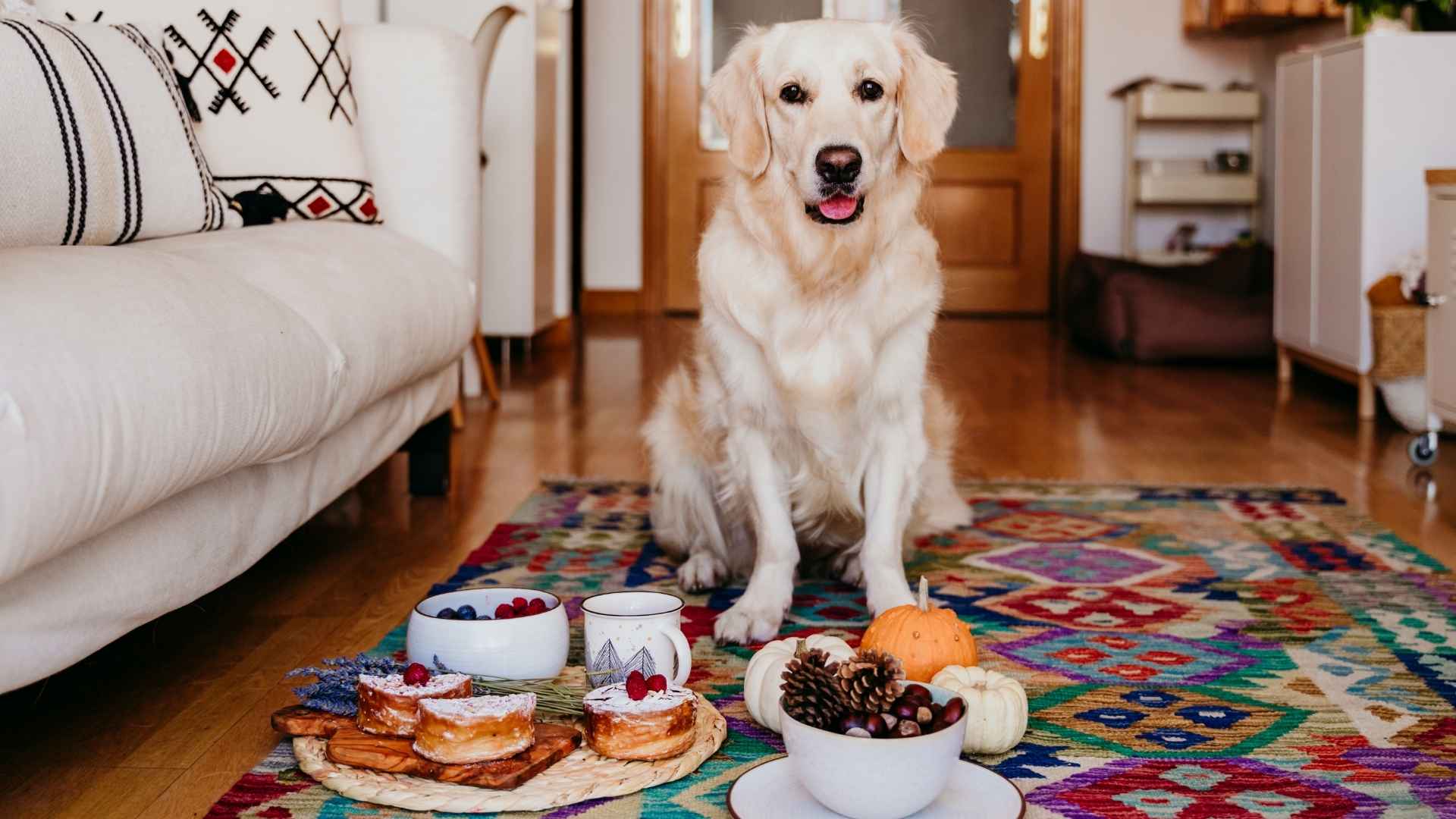Some dogs think with their stomachs. And honestly? That’s a gift.
Especially when you live in an apartment and can’t have wild zoomies at midnight, these food-obsessed pups are little geniuses when treats are involved. You’ll see them sit, stay, spin, and maybe even sweep the floor—just for a bite.
And unlike stubborn breeds that act like they pay rent, these dogs are on your side. They want the reward. That makes life indoors way easier. No yelling. No chasing. Just grab a snack and boom—instant obedience. It’s like having a furry employee who works for cheese.
Whether you’re in a high-rise or a studio flat, you need a buddy who gets your lifestyle. Coming up next, we’re diving into the top food-motivated dog breeds that make apartment life smoother, funnier, and a whole lot tastier—for both of you.
Food-Motivated Apartment Dog Breeds
1. Labrador Retriever

There’s a reason Labs top obedience charts — their eagerness to please is strongly tied to food. This breed responds incredibly well to positive reinforcement, especially with treats. For pet parents looking for an easy-to-train companion, this is a huge plus.
Adapting to Smaller Spaces
Despite being a medium-to-large breed, Labs can adjust to apartment living with the right routine. Their calm temperament indoors makes them surprisingly manageable in smaller homes, provided they get their daily mental and physical stimulation.
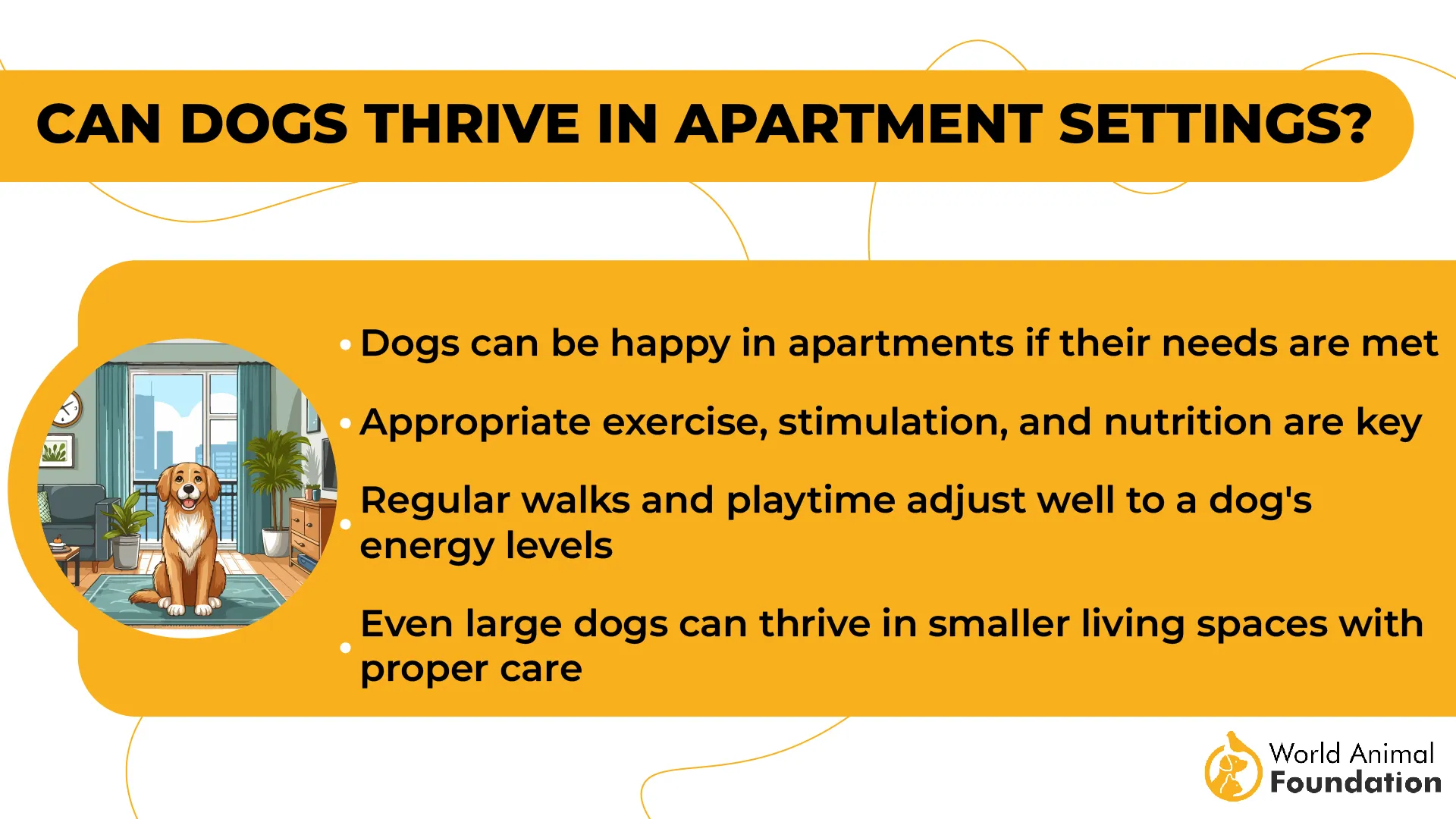
Managing Their Energy
Labs are active dogs by nature. They need structured walks, interactive games, or puzzle feeders to burn off energy and avoid turning to food out of boredom, as per PetMD. Without this, they can easily become overweight, given their strong food drive.
Use Food to Your Advantage
This breed thrives on routines and can be taught nearly anything when treats are involved. In fact, many pet parents successfully crate train, leash train, and even solve mild behavioral issues using food as a motivator. With Labs, a little kibble goes a long way.
2. Cavalier King Charles Spaniel

Cavaliers are exceptionally responsive to food-based training, often learning basic commands in just a few repetitions. Their eagerness to please and treat motivation makes them ideal for first-time dog owners navigating apartment routines. Just watch those portion sizes — they’ll happily overeat if allowed.
Built for Cozy Living
This small dog breed is well-suited for apartments, thanks to its quiet demeanor and easygoing personality. Cavaliers don’t need a yard to be content — just a soft couch, a few toys, and your attention will do the trick.
Activity Without Overload
They enjoy light play sessions, indoor fetch, or a short daily walk, making them one of the more low-maintenance dogs in terms of exercise. Their food drive is a bonus here — they’ll stay engaged with training games that double as movement and bonding.
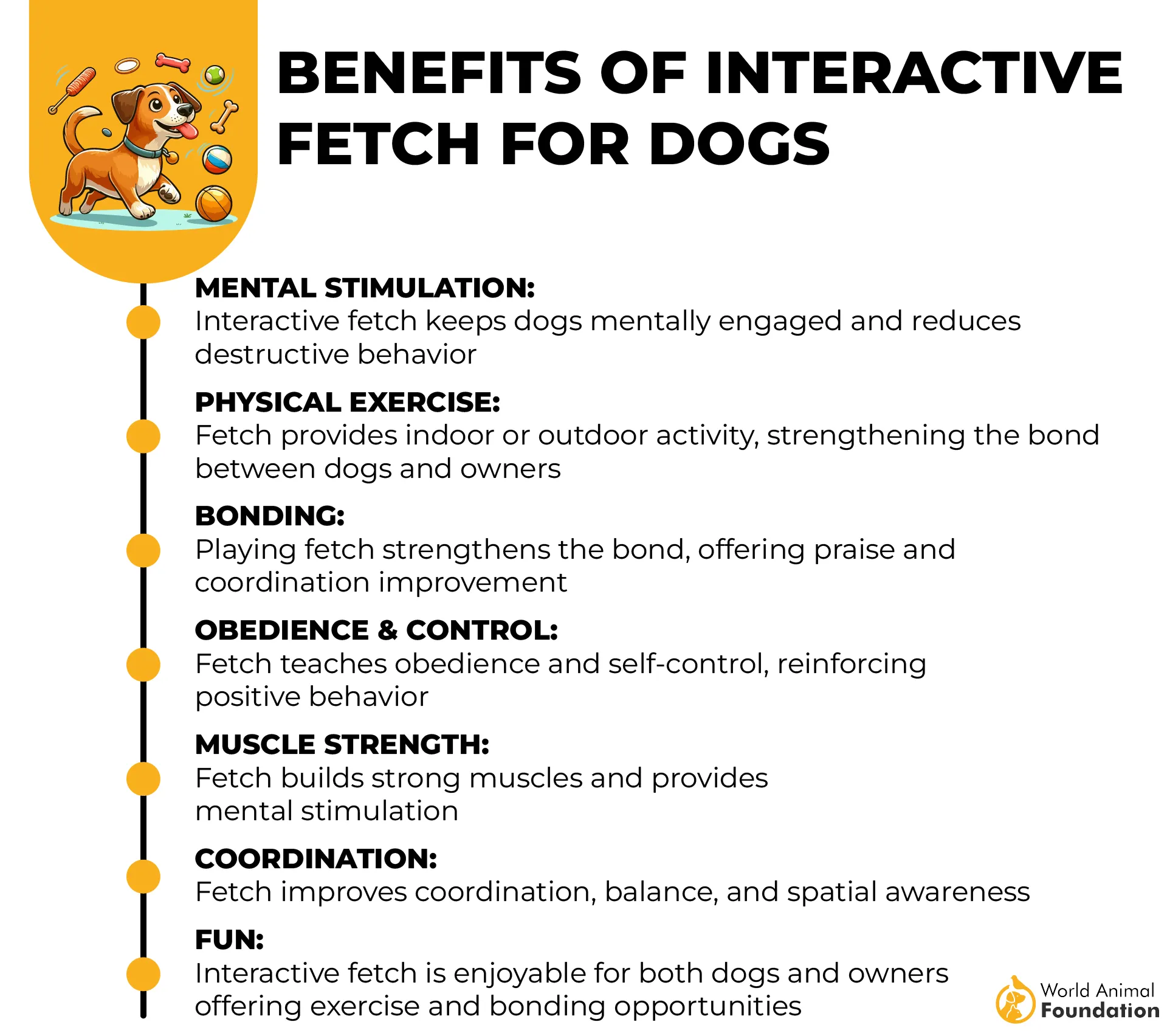
Great with Routine and Treats
Apartment life often requires a rhythm, and Cavaliers adapt well to structure, especially when food is part of the process. Their compact size and friendly disposition also make them excellent neighbors in close quarters.
3. French Bulldog

French Bulldogs are notorious for their obsession with food, which can be a blessing and a risk. They’ll do just about anything for a treat, making them highly trainable in tight spaces. However, without portion control, they’re prone to weight gain and digestive issues.
Built for Apartment Comfort
Their compact, muscular frame and minimal barking make them perfect apartment dogs for those living in busy cities, as mentioned in Purina. They don’t need a lot of physical activity but thrive on mental stimulation paired with snack rewards. They’re happiest with predictable, treat-laced routines.
What Sets Them Apart
Unlike many small breeds, Frenchies overheat quickly due to their brachycephalic (flat-faced) structure. This makes climate control essential in apartment settings, especially after food-motivated play or training sessions. Short, low-energy bursts are more effective than long walks.
Why They Dominate Urban Living
Frenchies are among the most popular dog breeds in metro areas for a reason: they adapt seamlessly to indoor life and human routines. For busy handlers, their love for cozy nooks, human laps, and cheese-flavored rewards makes them almost effortlessly charming.
4. Golden Retriever
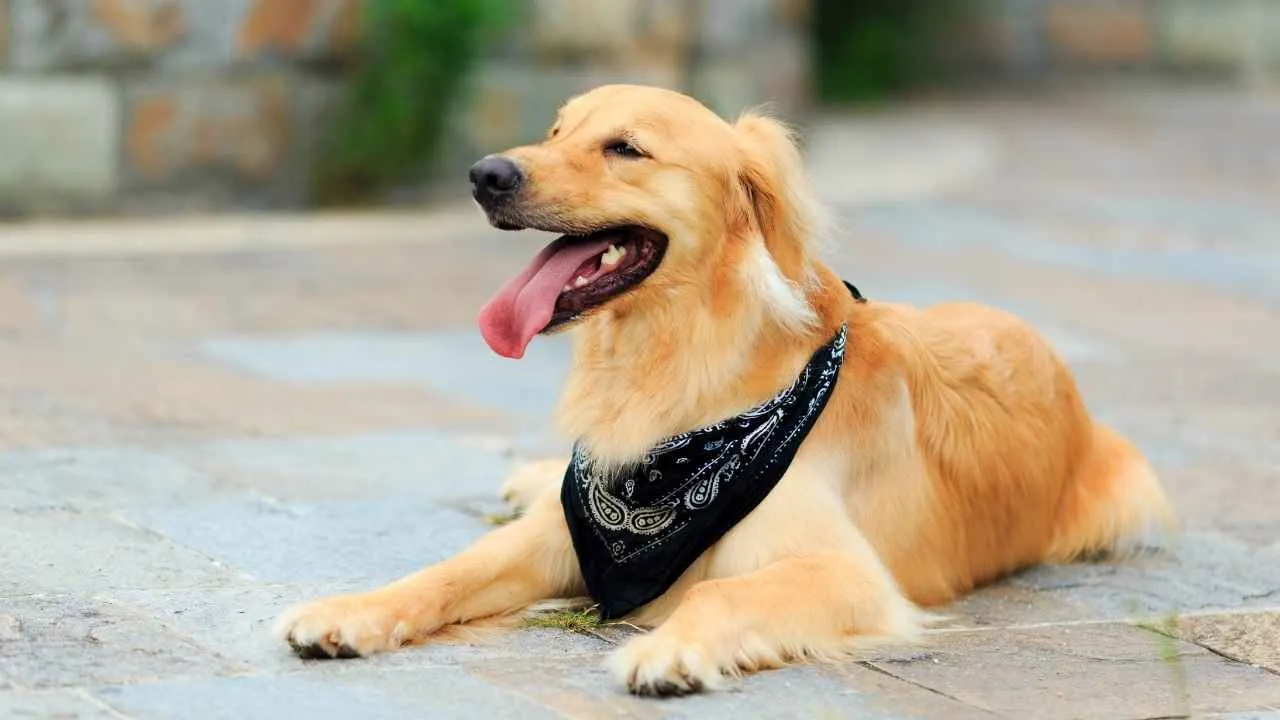
Golden Retrievers aren’t just eager eaters — they’re structured learners that excel when meals become part of obedience training. Use treat-based recall commands to sharpen attention in distracting environments. Just be sure to balance rewards with low-fat options to avoid overfeeding.
Surprisingly Apartment-Compatible
While known as an energetic breed, Goldens adjust well to apartments when given structured outlets for mental and physical activity. Puzzle feeders and food-dispensing toys keep them engaged even in small spaces. Mealtime becomes a key part of daily enrichment.
Living With Others
Golden Retrievers are famously tolerant and bond easily with other dogs in shared spaces, as stated in PDSA. If introduced early, they thrive in multi-pet apartments and rarely guard food. Their food motivation can actually help in harmonizing group mealtimes through positive reinforcement.
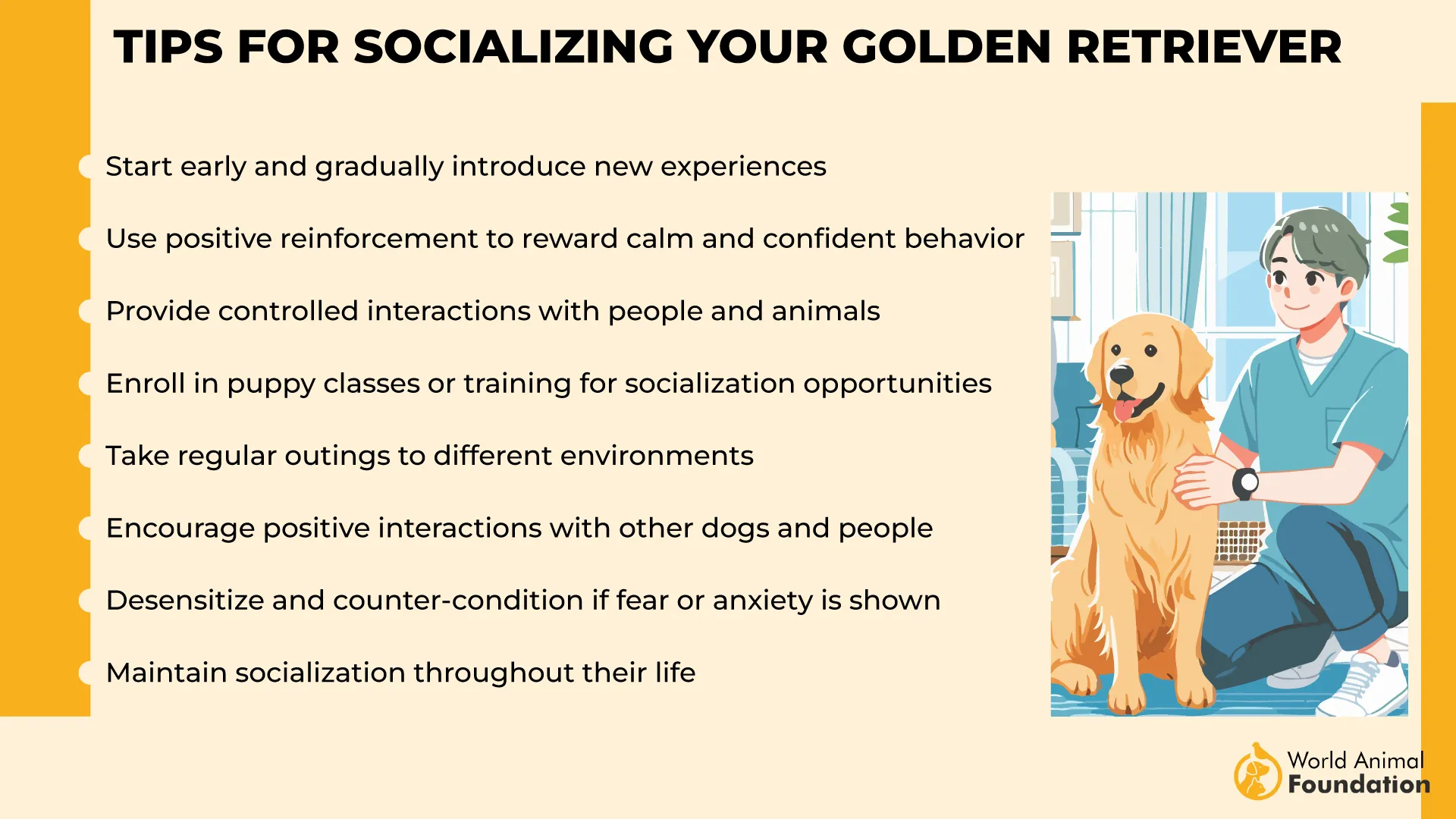
Why Pet Owners Love Them
This furry friend wins hearts for more than just its looks — they’re intuitive, emotionally intelligent, and easy to redirect with food-based cues. For apartment dwellers, that means fewer outbursts and more calm, meal-oriented bonding moments.
5. Cocker Spaniel

Cocker Spaniels are highly food-responsive, often to the point of scavenging. Their eagerness can be leveraged for training in tight spaces, using portioned meals as obedience currency. Owners should monitor portions closely, as these dogs are prone to rapid weight gain if over-rewarded.
Perfect for Indoor Energy Burn
Due to their compact size and agility, they’re ideal for indoor play sessions centered around treat puzzles or scent games. Hide kibble in snuffle mats or under soft furniture to mimic hunting instincts indoors. This mentally stimulates them without needing outdoor space.
Temperament Suited for Close Quarters
Unlike some different breeds with high reactivity, Cocker Spaniels are emotionally attuned to their environment. Their calm demeanor, especially after mealtimes or enrichment feeding, makes them excellent companions in noise-sensitive apartment complexes.
Food + Affection Combo
Cocker Spaniels crave approval and often pair their food motivation with physical closeness. Hand-feeding small rewards during daily grooming or ear-cleaning routines can strengthen trust and cooperation, especially useful with their high grooming needs.
6. Boxer

Boxers have intense energy levels, but in an apartment setting, they need structured, food-based activities to avoid frustration. Break meals into training sessions using commands like “settle” or “place” to teach calm behavior. This engages their brain and balances their physical drive.
A Motivated Mouth
Known for their affectionate nature, Boxers respond better to mealtime interaction than to solitary feeders. Interactive food toys like wobble dispensers help prolong feeding time, satisfying both their food motivation and need for mental stimulation. Without this, boredom can lead to chewing or pacing.
Fueling Play with Purpose
That playful energy isn’t just for show — Boxers thrive when food is incorporated into physical games. Tug-and-release paired with small treats, or short hallway fetch using kibble rewards, can work wonders for channeling excitement into controlled play, even in tight spaces.
Apartment Living Strategy
Boxers aren’t low-maintenance, but with intentional feeding routines, their energy levels can be managed without a yard. Use frozen treats during alone time or scent-based activities after walks to satisfy their need for both movement and challenge indoors.
7. Bull Terrier

Bull Terriers thrive on consistency, especially in smaller living spaces where boredom can turn into destructive habits. Turning mealtime into structured training, like hand-feeding during crate time or using puzzle bowls, helps satisfy their sharp mind and food drive without overstimulating them indoors.
Selective with Company
Despite being one of the best dogs for active owners, Bull Terriers don’t always mesh well with other pets. Food rewards should be carefully managed in multi-pet homes to avoid resource guarding. Solo feeding zones and feeding enrichment toys can maintain peace in confined spaces.
Food as a Behavioral Tool
With a stubborn streak but a surprisingly gentle temperament, Bull Terriers respond better to high-value food rewards than verbal praise. Using frozen lick mats post-walk or food-dispensing toys when left alone can calm their energy while reinforcing patience, essential in apartment life.
Your Oddball Roommate
This unique-looking canine companion can get overstimulated quickly indoors, so using food-driven sniffing games or indoor treat trails can fulfill both their physical and sensory needs. It’s not just about feeding—it’s about slowing them down in all the right ways.
Conclusion
Living in an apartment doesn’t mean compromising on companionship. With the right dog, a cozy space can become a joyful, treat-filled haven. The best dog breeds for apartment living are often those that learn fast, adapt well, and see snacks as golden opportunities.
Some of the dog breeds for apartments listed above are low-energy dogs, while others just need a short walk and a routine. You don’t need a backyard — just a brainy buddy who trains well with treats and loves a snuggle on the couch.
Even senior dogs can thrive in apartments with food-motivated enrichment and gentle daily movement. And if your breed requires regular grooming, a little reward goes a long way to prevent matting and build trust.
From gentle giants to petite cuddle machines, there are breeds naturally attuned to smaller homes. The secret? Finding one that doesn’t need much exercise — just your love and a little kibble.


